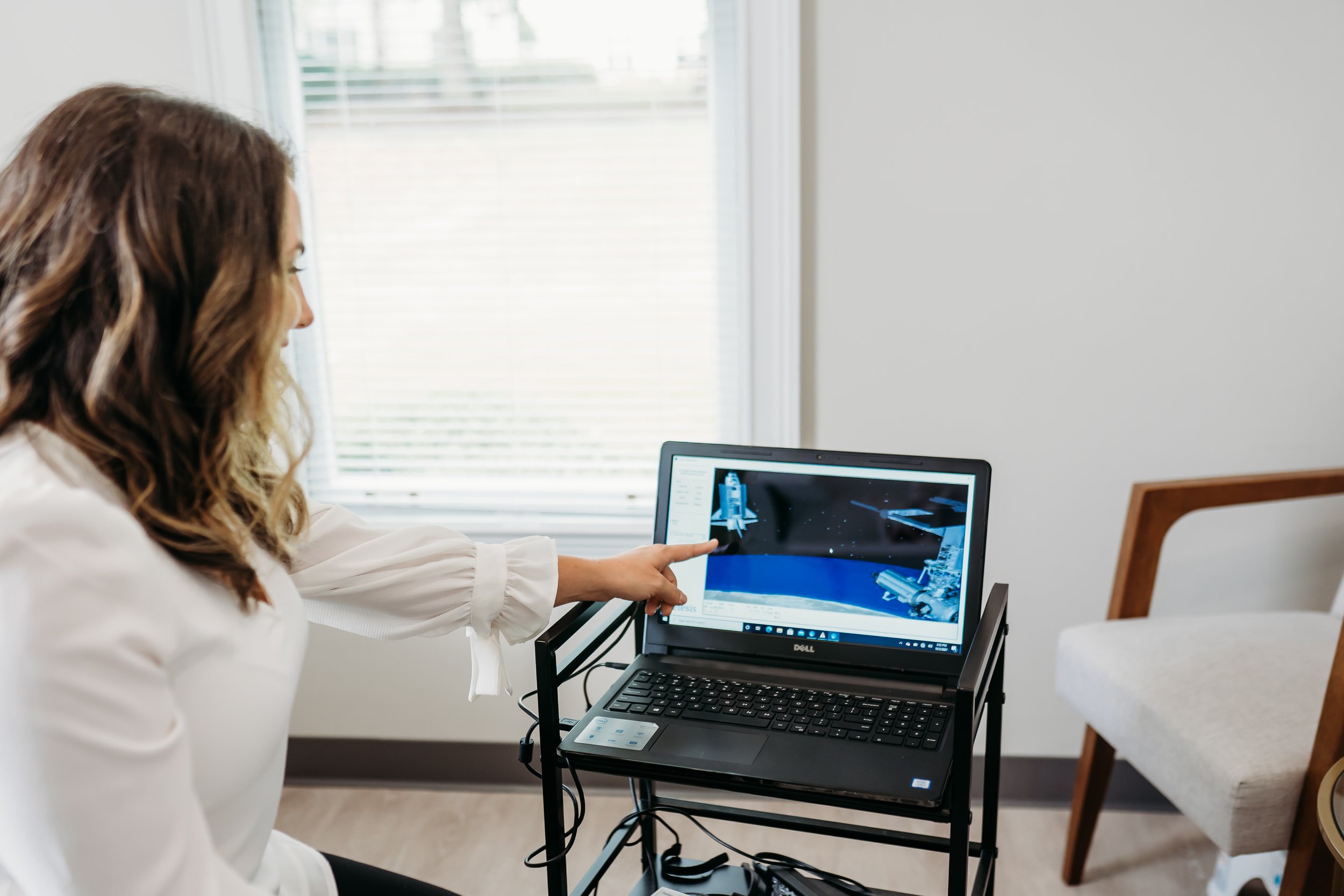Pelvic Floor Therapy for Kids!
Yep, you read that right! At SPH, we have the largest pelvic floor pediatric physical therapy program in GA because we know kids can need our help too. We typically see children in the office as young as 4 years of age accompanied by a guardian (of course); and we offer coaching sessions with parents that have children that are younger than 4 years old. So, what are common diagnoses we see children for?
Common Pelvic Health Diagnoses For Children And Adolescents
Constipation
Encopresis (bowel accidents occurring when a child is constipated)
Abdominal/pelvic pain
Dysfunctional voiding
Enuresis (bedwetting)
Overactive bladder
Daytime incontinence
How Does Pelvic Floor PT Work For Children?
Scheduling a Session
Many children are referred to us through other healthcare providers already with a diagnosis. However, we do get kids that come in through word of mouth or just by googling symptoms. We value the team approach and do our best to work with any other health care provider that is necessary for treatment.
Dr. Jessica Reale PT, DPT, WCS using anatomy doll during children/adolescent pelvic floor physical therapy session.
First Appointment Consult
When people learn that we treat children, many are shocked and can’t understand how a typical session would go. Just like we do with our adult patients, the first and most important thing to do is have a conversation with the parent and the child about what they are struggling with. After the initial conversation is over, your PT will educate you and your child about their anatomy, what is happening with their bladder or bowels and why this problem may be happening. We are strong believers in educating children because they are smart! Most of the time, the child is curious and interested in what is happening with their body (especially if it has been happening for a long time!). At SPH, we utilize tools such as coloring books, educational story books, anatomy dolls, balloons and pinwheels to make education as fun and exciting as it can be!
Optional External Musculoskeletal Exam Tailored To Your Child’s Needs – Consent Required
Once the PT, parent/guardian and kid are on the same page, the PT will then perform a musculoskeletal exam, which may include:
Posture exam
Breathing assessment
Movement screen
Abdominal wall assessment
General range of motion & strength exam
External pelvic floor muscle exam
More On What to Expect In a Pelvic Floor Physical Therapy Session
We get the most questions about the external pelvic floor exam and what it entails. Of course, every child is different so the exam will be catered specifically to that child but generally, an internal exam of the pelvic floor muscles is not performed. However, with parent and child’s consent, we will assess externally for skin conditions and watch to see if the pelvic floor muscles are able to contract, relax and bear down.
Note: just like adults, this exam is tailored to the child and their family— our ultimate goal is that the exam and session is a positive experience for the child!
Children Can Have Pelvic Floor Dysfunction
Just like adults, children can have pelvic floor dysfunction where the muscles can be:
Overactive or tense
Underactive or weak
Uncoordinated
A mix of all 3!
Dr. Jessica Reale PT, DPT, WCS conducting treatment using pelvic health computer game during children/adolescent pelvic floor physical therapy session.
What Treatment May Look Like
Once we have collected all of this information, the treatment component can begin! Treatment examples include:
Specific pelvic floor muscle retraining
Modalities (Tens or EMG Biofeedback assisted training)
Education to improve the bowel and bladder habit and optimize habits at school and home
Exercises to improve pelvic floor and abdominal muscle function
Exercises to support postural function
Why Would A Child Need Pelvic Floor Physical Therapy?
Many parents don’t realize their child may benefit from pelvic health PT for 2 reasons:
They don’t realize there is a problem.
They know there is an issue but they have exhausted their resources and don’t know that pelvic therapy is an option.
On average, pediatricians spend up to 9-17 mins with their patients. Unfortunately, that is typically not enough time to get to the root of the problem. At SPH, we work with our patients for hour long sessions, and this allows enough time to talk through everything, assess your child and come up with a plan of action. Further, we offer 15 min phone consultations for those that are still not sure if their child will benefit from pelvic floor therapy to help the family determine the best plan forward. If your child is struggling with bowel, bladder dysfunction–don’t wait and hope it gets better; schedule a consult or appointment today.
Written By Dr. Brooke David PT, DPT, PRPC
Additional Resources for Children & Adolescents
Our care approach with common pelvic health conditions and treatment options for children and adolescents explained.
Where to find Pediatric Pelvic Therapy treatment in Atlanta and marietta
Our Pelvic Health Experts Specialize In Care For All… Including Children & Adolescents! Our pediatric pelvic therapy program is the largest in the state of Georgia and we’d love to work with you and your child.



